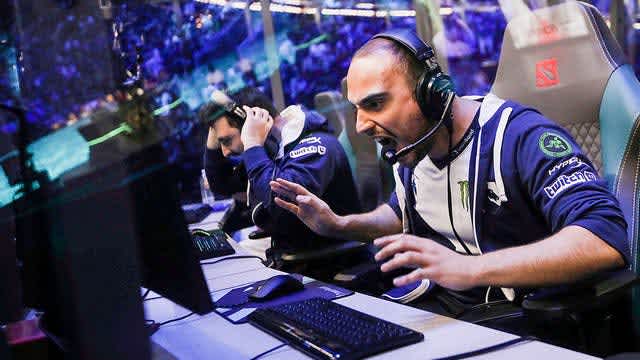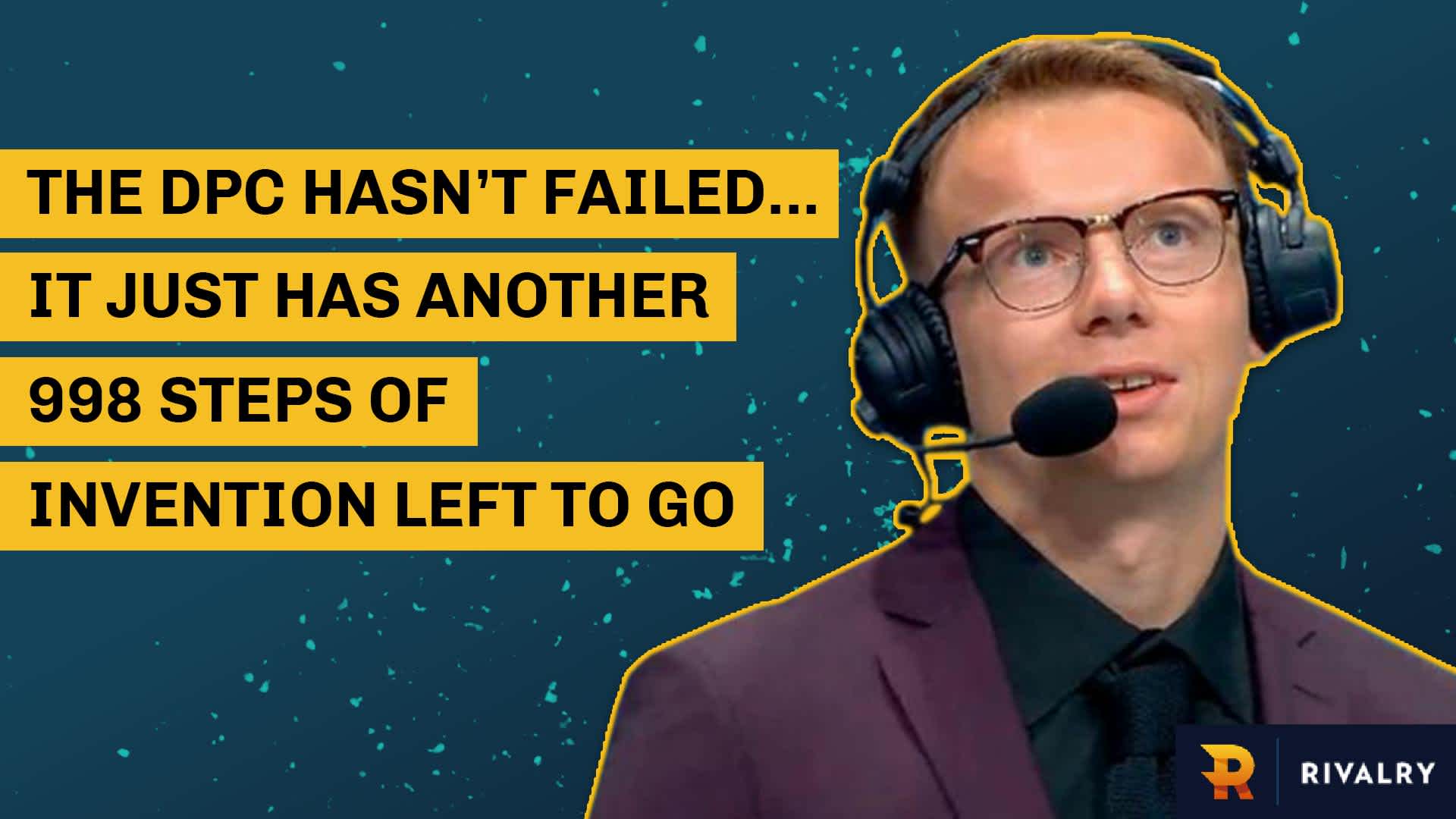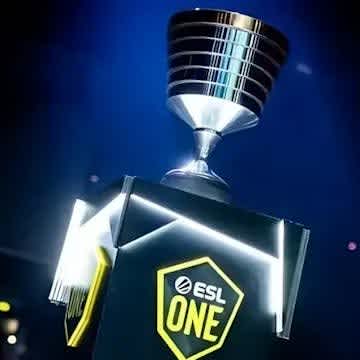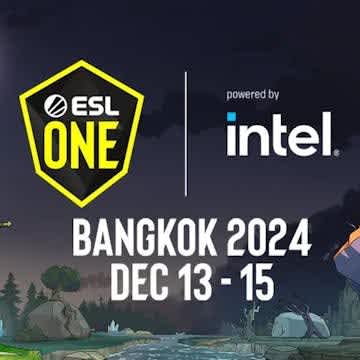The DPC System - The Good, The Bad & The Ugly
Is the DPC system an embarrassment? PPD Seems to think so.
Inventions are rarely perfect on the first try, and the Dota Pro Circuit is no exception. Scheduling, point allocation, roster locks, regional LAN distribution, and invite decisions have been sources of conflict for pro players, fans, and tournament organizers throughout the TI8 season. The recent invites to the Super Major sparked another round of outrage towards the DPC, with PPD stating that the system was “embarrassing itself.”
The DPC is a system meant to stabilize the Dota scene. It should provide reliable structure to encourage outside investment while protecting players and demystifying the nature of invites to The International. While there have been plenty of DPC successes, it’s impossible to keep everyone happy.
The Good
The Dota Pro Circuit has been a revolutionary step for the scene. Valve has finally demystified their invite process and established a direct metric to rank teams. Well defined systems promise longevity, stability, and reliability to sponsors. Every tournament counts - this means that third party organizers have greater incentive to run reliable and well produced tournaments. Less developed regions, like the SA scene, are guaranteed some international experience. Players are protected (theoretically) from late tournament payouts, organizers know their events will be watched, and fans have near non stop action to follow. The huge increase in prize money is a nice bonus as well.
Valve recognizes that the system still needs work. They have already mandated that all DPC Majors following TI8 are required to have a 16 team format. Valve also requested specific dates for Fall major proposals, presumably to spread out the events and prevent scheduling conflicts. The increased communication from Valve might be the greatest “good” that the DPC has produced yet. Unfortunately, the bad and the ugly are still prevalent in the system.

The Bad
Scheduling has been a nightmare. This isn’t a unique problem to the DPC, qualifier schedules have been brutal for several years. Teams that don’t make the cut for invites are forced into a flurry of hectic qualifiers, often playing in three or four tournament qualifiers all at once. The same teams may play each other multiple times a day for different events, if those games even fit into their schedules. MDL, Moonduck, and BTS faced issues with clashing schedules that forced teams to forfeit. ESL and PGL has similar conflicts during qualifiers for their own tournaments.
Teams are stretched thin. They barely have time to play their official matches, let alone practice and develop new strategies. Sitting out of even a single qualifier can place extra stress on existing qualifiers and let down both fans and sponsors. Teams are trapped. They need to qualify for these DPC LANs. In order to win, they need time to prepare and practice. If they qualify, they also have all of the added travelling eating into their schedule. These issues aren’t really the fault of the DPC (something DC’s old manager Hollydota has brought up on several occasions) but the new system has failed to offer any solutions.
Scheduling has also become a problem for actual tournament formats. Organizers have to balance venue costs and fan interest with competitive integrity. This has resulted in outrage at ESL for a lack of mainstage matches and a series of bizarre tournament formats. Team Secret’s manager, Cyborgmatt, expressed the scene’s frustrations with TOs attempting to “appear unique” but creating a poorer experience overall.
Evil Geniuses’ manager Philip Aram has also spoken up, stating that “Variety is fine, but every LAN is some experimental format. Not a single one has been good enough.” Ben “Noxville” Steenhuisen, an expert at statistical analysis and frequent tournament consultant, examined the tournament formats. According to his analysis, DAC and The Summit’s formats had the best structure for accurate outcomes, but they rely heavily on accurate initial seeding. Dreamhack’s eight team double elimination format was a benchmark, while the Bucharest Major’s swiss groups and single elimination playoffs scored as one of the worst.
Each organizer is looking to stand out from the twenty something other DPC tournaments. The constant experimentation with formats leaves teams frustrated and fans confused. Scheduling is a major threat to the viability of the DPC System, but it isn’t the ugliest concern.
The Ugly
The DPC system was meant to provide incentive to top teams to continuously perform while fostering growth in less developed regions and the tier two scene overall. The South American scene has benefited from dedicated qualifiers, but overall the unequal LAN distribution by region offers advantages to some scenes over others. PPD has pointed out that LANs often invite more teams from the region they are being held, putting NA at a disadvantage without their own Majors. EternaLEnVy has echoes similar frustration with this system - most tournaments held outside of SEA only have the one required SEA qualifier slot and rarely invites any additional SEA teams.
Invites continue to be a point of controversy. The China Dota 2 Super Major invites announcement surprised many with the inclusion of OG, EG, and Na’Vi - teams that have struggled to perform recently. OG aren’t even eligible for the valuable boost in points that the Super Major offers while Na’Vi owe most of their points to their acquisition of Lil. The organizers based their invites off of the top ten scoring teams in the DPC. With a DPC event almost every weekend, invites have to be issued in advance of several tournament results. Placements are fairly volatile for everyone but a handful of teams. This can mean a huge change in standings between invites and the actual tournaments. There is the added reality that regions with less DPC LANs, like NA/SA/SEA, have less access to DPC points overall. This makes it harder for them to place high enough in the standings to earn an invite.
The next year of majors look to have more structure, and communication from Valve is better than it has ever been. Unfortunately, scheduling, invites, and LAN distribution are problems that have yet to be addressed. The DPC system has introduced a lot of “good” - but the bad and the ugly will take time and experimentation to address. Just like Thomas Edison and the lightbulb, the DPC hasn’t failed. It just has another 998 steps of invention left to go.

Enjoy this article? Check out this piece around the dangers of the Dota 2 pro circuit!






